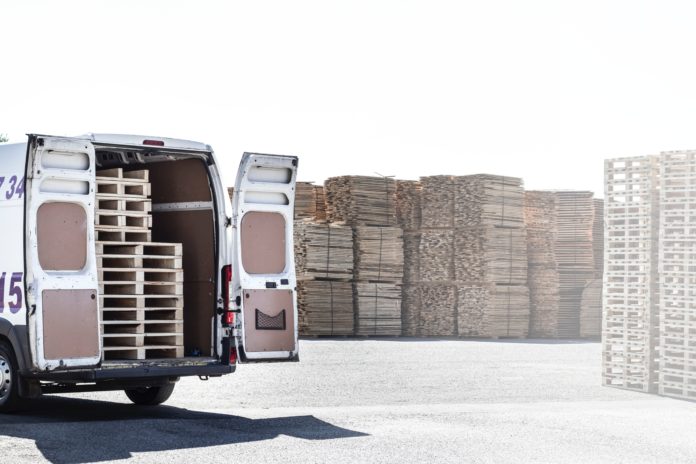A new public-private trial to test the use of autonomous robots in providing on-demand deliveries is underway in Punggol. The trial will pave the way for wider use of autonomous robot “couriers” in making on-demand deliveries to consumers.
Consumers will enjoy more convenience and faster deliveries, as they can choose when they want their items delivered, instead of adhering to a fixed delivery schedule. For instance, after buying groceries such as rice or diapers at a supermarket, a consumer can drop off the purchases at a concierge counter to continue shopping or dining and have them delivered to their HDB block at a time the consumer chooses.
Other items that could be delivered through these robot couriers include perishables such as food or flowers, and even controlled items such as medicine.
The one-year trial is led by the Infocomm Media Development Authority (IMDA), in partnership with Housing & Development Board (HDB), Land Transport Authority (LTA), Urban Redevelopment Authority (URA), logistics service provider CM Logistics, supermarket chain NTUC FairPrice and technology provider OTSAW.
The trial will see two OTSAW robots delivering parcels and groceries to the lift lobbies of seven Waterway Woodcress HDB blocks, to assess:
- Technologies such as AI for autonomous navigation, obstacle detection and avoidance;
- Infrastructure such as communications systems and road networks (including connectivity and slopes); and
- Business models for commercial viability.
Public safety is paramount. To ensure public safety, both autonomous robots have passed the LTA’s safety assessment for the supervised use of autonomous vehicles on public paths. The speed for each robot, which weighs 80 kg (unloaded), is further capped at walking speeds (about 5 kmh). Each robot is also accompanied by a safety officer during the trial period.
Through a mobile app, consumers will be notified when the robot is en route to its destination and will receive a confirmation notification that the robot has arrived. The robot will also provide a QR code for recipients to scan at the collection point via their mobile phones, thus ensuring that only the authorised person will be able to access to the assigned compartment and its contents.
“With the growth of e-commerce, consumers have grown accustomed to expecting food, products and groceries to be delivered to their home in increasingly shorter periods of time,” said Mr Kiren Kumar, Deputy Chief Executive, IMDA.
“Autonomous delivery robots can play an important role in augmenting existing delivery infrastructure to enhance the consumer experience and drive productivity gains. We look forward to working closely with our partners in this trial to test the technology, safety, business model and user experience.”
“Autonomous delivery technology has the potential to increase business efficiency and improve customer convenience. As paths are also used by other users, it is also important to ensure the delivery is carried out in a safe manner. We have worked closely with our partners to put in place safeguards to ensure public safety during this trial and the insights gathered will help improve future similar projects,” said Mr Lam Wee Shann, Chief Innovation and Transport Technology Officer, LTA.














